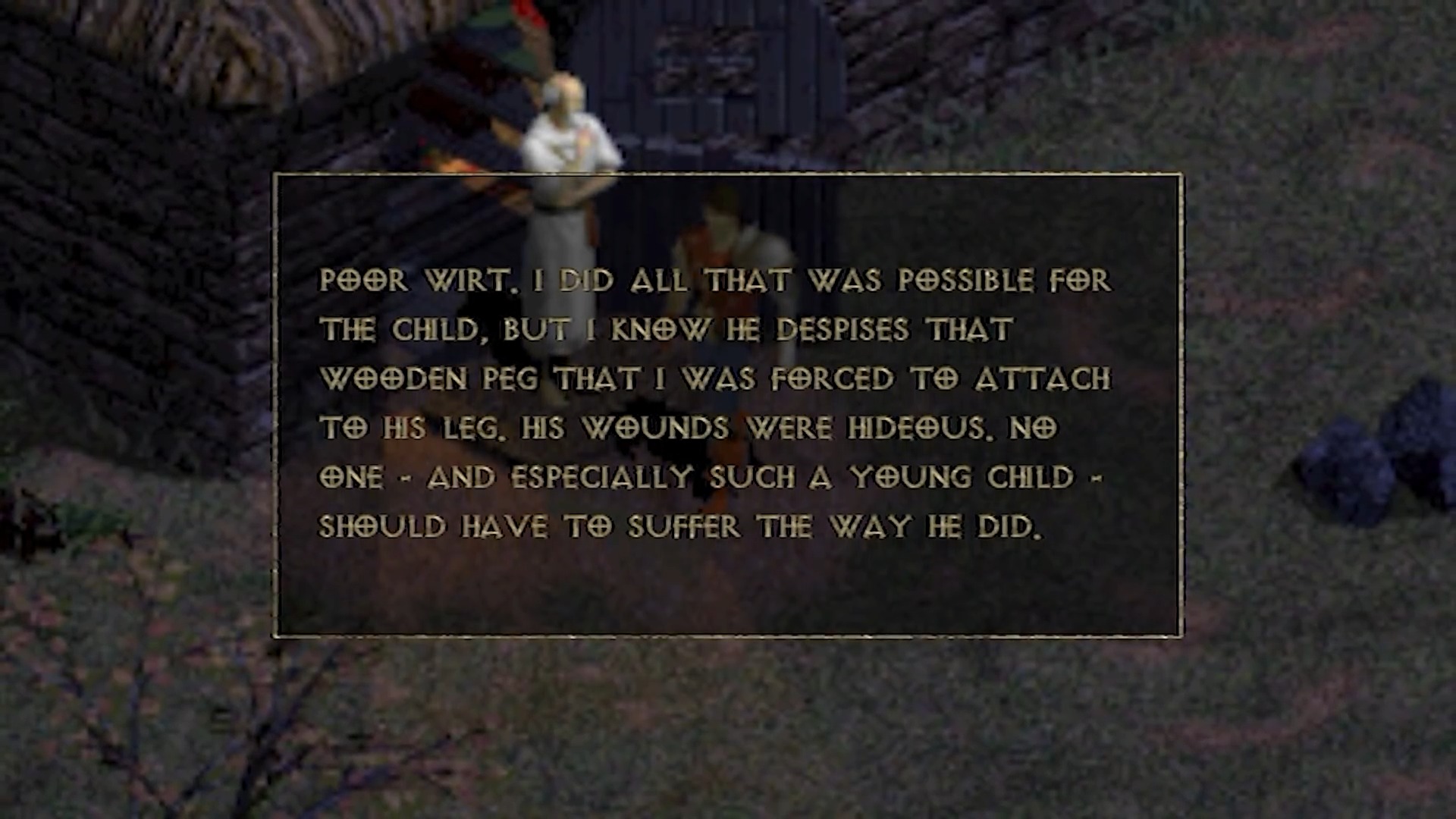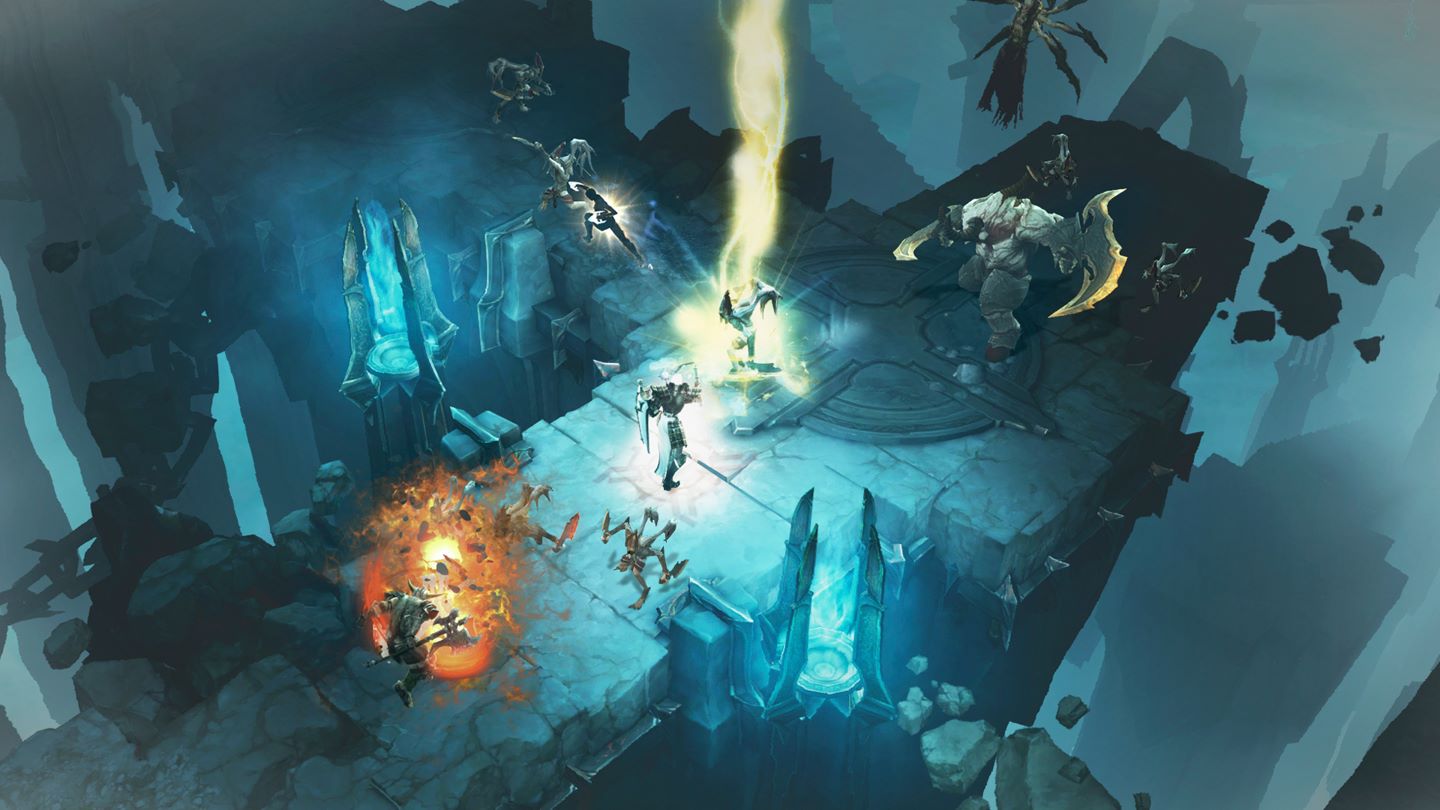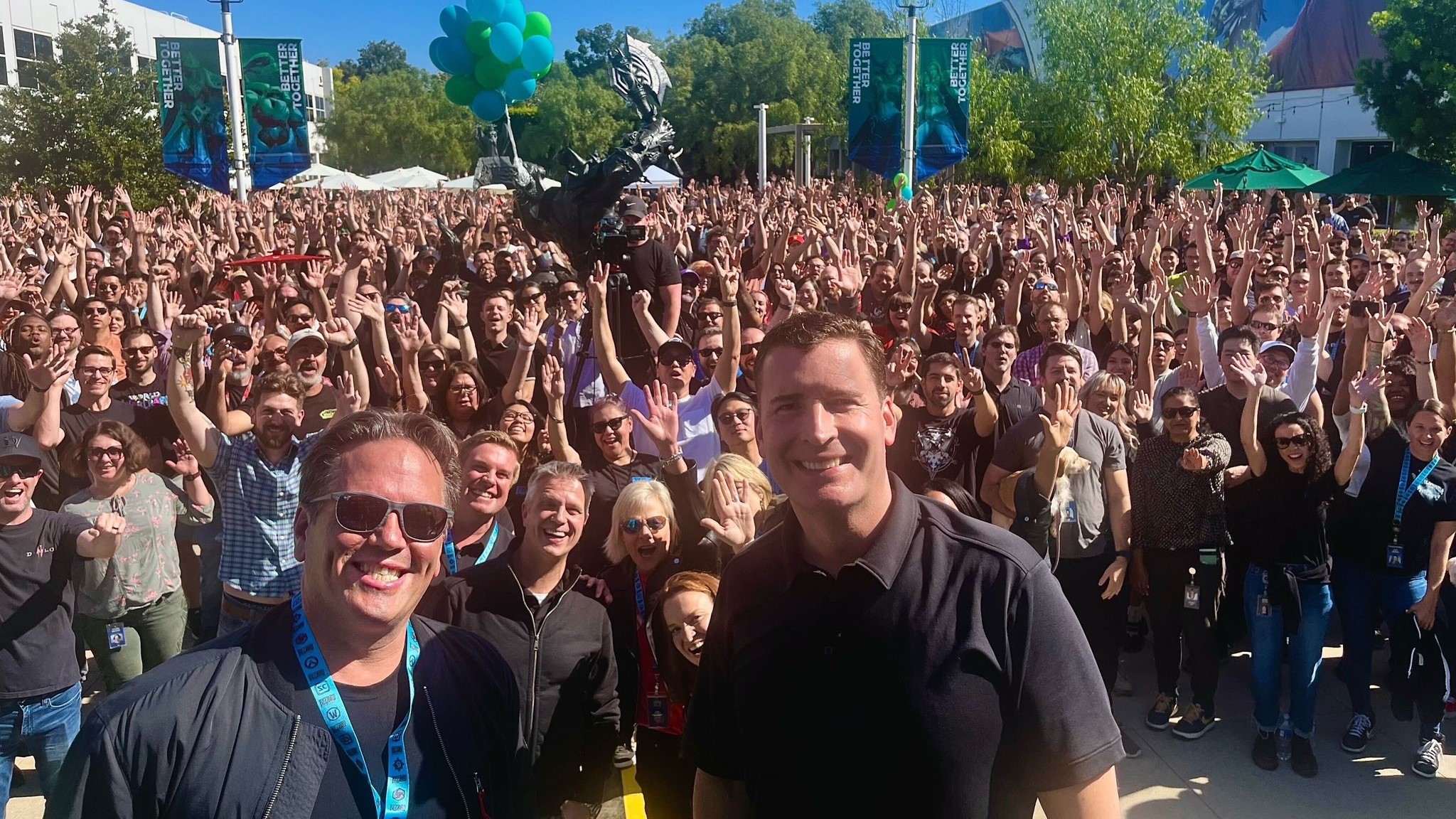
As a dedicated follower of all things Blizzard, I find myself utterly captivated by the intriguing tales that emerge from the pages of Jason Schreier’s book, “Play Nice.” The story of Diablo 3’s second expansion that never was is particularly poignant, reminding us all that even a game as beloved as Diablo can face unexpected twists and turns.
In my enthusiasm for the Diablo series, I often wrestle with my admiration for the game amidst Blizzard Entertainment’s complex and contentious past. Still, the allure of Jason Schreier’s new book, delving into Blizzard’s journey from its humble beginnings by three college grads to becoming a division of Microsoft, was too strong to resist.
1. Diablo was originally turn-based

Originally, David Brevik, the mind behind Diablo, conceived it as a turn-based role-playing game similar to X-COM. You can find the complete pitch document online if you’re interested.
Upon presenting this idea to Blizzard, they were willing to back it—but under two conditions: the game had to be multiplayer and, much like Warcraft, its action was intended to occur in real-time. At first, Brevik was taken aback by these suggestions, but after creating a prototype, he acknowledged that this shift was indeed the correct decision.
2. One of the most memorable characters was the result of a bug

In the worlds of Diablo and Diablo 2, a well-known character named Wirt gained popularity due to his prosthetic wooden leg. Remarkably, this artificial limb serves as a key to uncovering the game’s secret cow level. Interestingly, the wooden leg wasn’t part of the initial design; it was an improvisation by artist Eric Flannum when a technical glitch made Wirt walk with a limp. In an account shared in Jason Schreier’s book, Flannum explains, “I simply removed his real leg and replaced it with a peg leg.
3. Diablo 2 development took its toll on the creator

Creating Diablo 2 significantly boosted David Brevik’s gaming legacy, yet its development took a heavy toll on his personal life. The demanding workload led to the end of his marriage and put a strain on his relationship with his daughters. Reflecting on this, Brevik acknowledged that while being part of that team and being recognized as a leader was very meaningful, it came at a high price, highlighting the sacrifices involved in achieving success.
4. “Starblo”— Diablo in Space?
Prior to Diablo 3, Blizzard Entertainment initially conceived a concept called “Starblo,” which sounded as unappealing as its name suggests and was later revised before its debut. This proposed game was essentially a sci-fi rendition of Diablo 2, allowing players to traverse various planets, battling aliens and acquiring loot. As former Blizzard Vice President Erich Schaefer explained in an interview with Techraptor in 2018, “It was very much like ‘Diablo 2’ but in space, with a touch of insanity and more science fiction elements. However, it was sharp, offering movement, entertaining skills, and a good rhythm.
5. Diablo 3’s early concept foreshadowed Diablo 4

Initially, Diablo 3 was conceived as a massive multiplayer online role-playing game (MMORPG), heavily influenced by Ultima Online, featuring vast multiplayer towns and stunning 3D graphics. The idea allowed hundreds of players to collaborate and enjoy the game simultaneously, gathering in towns yet venturing into separate instances.
6. Diablo 3’s second expansion was cancelled even before the launch of Reaper of Souls

Fans continue to express disappointment over the non-release of a second expansion for Diablo 3, and there have been persistent whispers that features from the Diablo 3 Necromancer pack were initially destined for content that was ultimately canceled. However, these speculations were misleadingly hopeful. In fact, Blizzard’s management had already decided to scrap the second expansion even before Reaper of Souls was released. As Jason Schreier points out in Play Nice, “Regardless of how Reaper of Souls fared, they were done.
7. Mike Ybarra wanted to cut down on microtransactions in Diablo 4

One of the most intriguing revelations in Play Nice involves Mike Ybarra’s stance on microtransactions in Diablo 4. Those same microtransactions that have reportedly made the company over 1 billion since launch. As Blizzard’s president before the Microsoft acquisition, Ybarra aimed to scale back the game’s microtransactions and reboot Overwatch. A passionate gamer himself, Ybarra frequently offered his input to development teams—often uninvited, which made him unpopular with some within the company. He sought to steer Diablo 4 away from the live-service model that was in development at the time.
Despite his earlier assertion that he wouldn’t leave Blizzard voluntarily (“someone will have to drag me out”), Ybarra’s leadership ended in 2023 following Microsoft’s acquisition. This departure occurred concurrently with a large-scale layoff period at Blizzard, signifying a major transformation for the company.
Want to know more?
On the Pure Diablo podcast, Jason Schreier delved further into the topic of Play Nice and offered more background to his findings. In this episode, he disclosed additional information that wasn’t included in the book, such as an intriguing tale about a two-year project, affectionately known as a “labor of love,” which was singlehandedly handled by one employee to update Diablo 2.
As an analyst delving into the lore of Diablo, I found it intriguing to uncover a piece of behind-the-scenes trivia from the Pure Diablo podcast: Jay Wilson, a key figure in Diablo 3’s creation, shared that Diablo himself wasn’t initially planned for Diablo 3. This tidbit is all the more fascinating given the absence of the Prime Evil in Diablo 4 thus far. For those eager to learn more about Blizzard’s Diablo series, I strongly suggest listening to the Pure Diablo podcast and checking out Jason Schreir’s book if you’re even casually interested in Blizzard titles.
Read More
- Gold Rate Forecast
- OM PREDICTION. OM cryptocurrency
- 25+ Ways to Earn Free Crypto
- Oblivion Remastered: The Ultimate Race Guide & Tier List
- tWitch’s Legacy Sparks Family Feud: Mom vs. Widow in Explosive Claims
- The Monkey – REVIEW
- Why Gabriel Macht Says Life Abroad Saved His Relationship With Family
- Meet the Stars of The Wheel of Time!
- How to Get to Frostcrag Spire in Oblivion Remastered
- The Elder Scrolls IV: Oblivion Remastered Amazes Fans After 20-Year-Old Dupe Item Glitch Is Rediscovered
2024-10-13 16:39